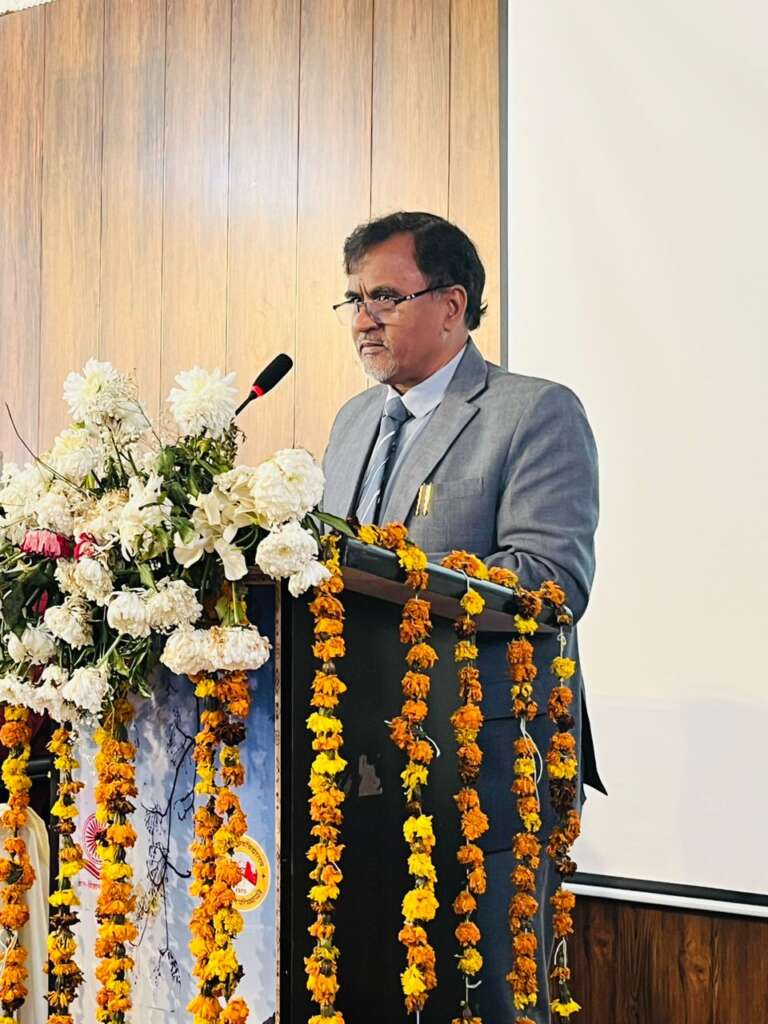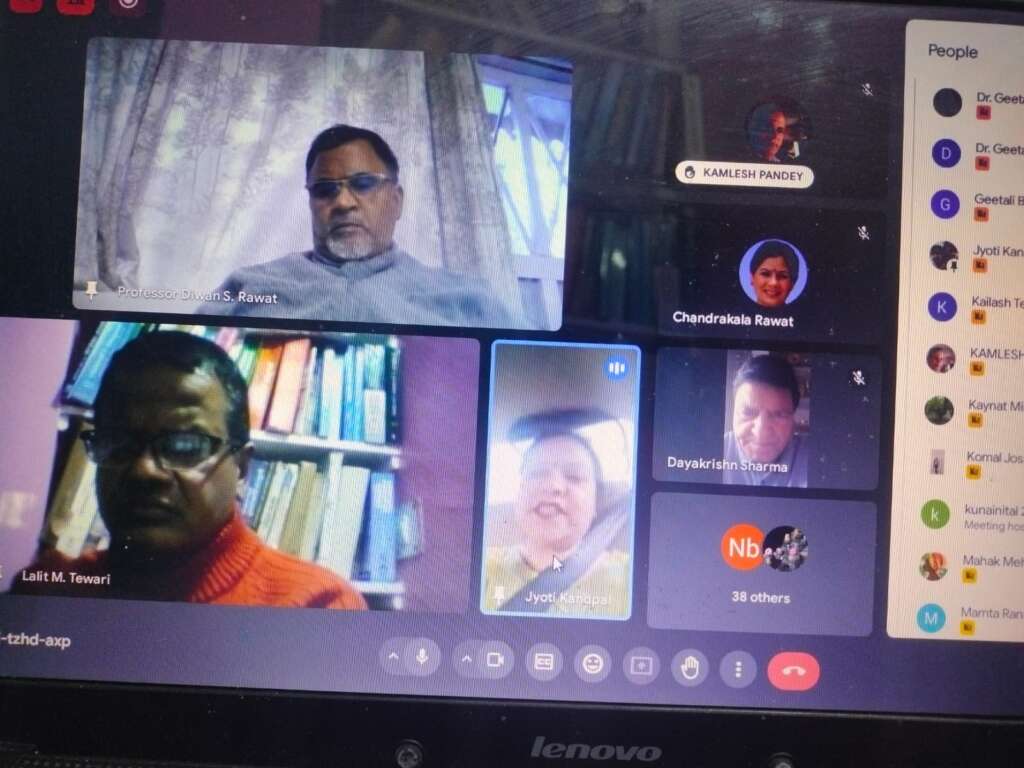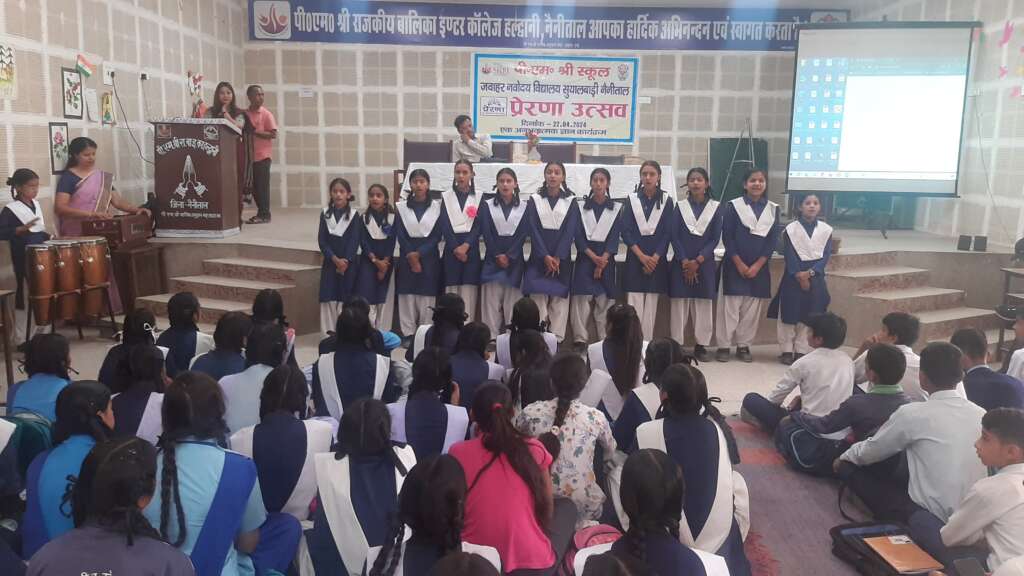India’s ‘Blue Economy’ appears to unlock a sea of opportunities

New Delhi ( nainilive.com )- The blue economy is termed as the sustainable use of ocean resources for economic growth, improved livelihoods, jobs and better care of the coastal areas. It refers to all economic activities related to oceans, seas and coasts, covering a wide range of interlinked established and emerging sectors, which encourage better stewardship of the ocean or ‘blue’ resources. It means we need to preserve the health of the ocean ecosystem also.
To realize its vast potential, the Government of India is coming out with a national policy on the blue economy. A draft policy framework on India’s Blue Economy has been prepared by the Ministry of Earth Sciences, which envisages the optimal utilization of all sectors of the maritime domain including living, non-living resources, tourism, ocean energy and others for sustainable development of coastal areas.
The policy document contains key recommendations on National Accounting Framework for Blue Economy and Ocean Governance, Coastal Marine Spatial Planning and Tourism Priority, Marine Fisheries, Aquaculture and Fish Processing. The policy also focuses on manufacturing, emerging industries, trade, technology, services and skill development, logistics, infrastructure and shipping, coastal and deep-sea mining and offshore energy and security, strategic dimensions and international engagement. The policy document aims to enhance the contribution of the blue economy to India’s GDP, improve lives of coastal communities, preserve marine biodiversity and maintain the national security of marine areas and resources. It also emphasizes policies across several key sectors including Fisheries to achieve holistic growth of India’s economy.
The country’s blue economy is understood as a subset of the national economy comprising an entire ocean resources system and human-made economic infrastructure in marine, maritime, and onshore coastal zones within the country’s legal jurisdiction. It does envisage the national security of marine. The Centre in recent years has taken a number of initiatives to harness the full potential of the fisheries sector in a sustainable and responsible manner. The Centrally Sponsored Scheme ‘Blue Revolution: Integrated Development and Management of Fisheries’ was launched in 2015-16 with an outlay of Rs 3000 crores for a period of 5 years.
In order to address the critical gaps in the fisheries infrastructure, ‘Fisheries and Aquaculture Infrastructure Development Fund’ was created in 2018-19 with a fund size of Rs. 7522.48 crores for providing concessional finance to the state/UT governments, their entities and the private sector. Recognizing the immense potential in fisheries sector, the Government of India in May, 2020 with highest investment of Rs. 20,050 crore, launched a new flagship scheme ‘Pradhan Mantri Matsya Sampada Yojana’ to bring about blue revolution through sustainable and responsible development of fisheries sector in the country. Pradhan Mantri Matsya Sampada Yojana is being implemented for a period of five years from 2020-21 to 2024-25 in all states and UTs. As a result of these initiatives, during recent years the fisheries sector in the country has shown impressive growth with an average annual growth rate of about 10 % during 2014-15 to 2018-19.
The fish production has registered an average annual growth of more than 7% and stood at an all-time high of 141.64 lakh metric tons during 2019-20. Despite various issues faced by the sector during Covid-19 pandemic, India has achieved all-time high exports of marine products worth US$ 7165 million during April to February, 2021-22. With a coastline of nearly 7.5 thousand kilometers, India has a unique maritime position. Nine of its 29 states are coastal, and the nation’s geography includes 1,382 islands. There are nearly 199 ports, including 12 major ports that handle approximately 1,400 million tons of cargo each year. Moreover, India’s Exclusive Economic Zone of over 2 million square kilometers has a bounty of living and non-living resources with significant recoverable resources such as crude oil and natural gas. Also, the coastal economy sustains over 4 million fisherfolk and coastal communities.
With these vast maritime interests, the blue economy occupies a vital potential position in India’s economic growth. It could well be the next multiplier of GDP and well-being, provided sustainability and socio-economic welfare are kept center-stage. Therefore, India’s draft blue economy policy is envisaged as a crucial framework towards unlocking the country’s potential for economic growth and welfare.
Source : PBNS
नैनी लाइव (Naini Live) के साथ सोशल मीडिया में जुड़ कर नवीन ताज़ा समाचारों को प्राप्त करें। समाचार प्राप्त करने के लिए हमसे जुड़ें -

Naini Live is a news portal which provides news across Uttarakhand and Madhya Pradesh. We do provide advertisement services as well.

 उप कारागार हल्द्वानी में आयोजित चिकित्सा शिविर का जिला न्यायाधीश , डीएम एवं एसएसपी नैनीताल ने किया संयुक्त निरीक्षण
उप कारागार हल्द्वानी में आयोजित चिकित्सा शिविर का जिला न्यायाधीश , डीएम एवं एसएसपी नैनीताल ने किया संयुक्त निरीक्षण  कुमाऊं विश्वविद्यालय नैनीताल में मिलेगी NCC में C प्रमाण पत्र प्राप्त कैडेट्स को SSB की कोचिंग
कुमाऊं विश्वविद्यालय नैनीताल में मिलेगी NCC में C प्रमाण पत्र प्राप्त कैडेट्स को SSB की कोचिंग  कुमाऊं विश्वविद्यालय के एलुमनी सेल एवम आईक्यूएसी द्वारा कुलपति एवम अभिवावक के मध्य आयोजित हुआ ऑनलाइन माध्यम से संवाद
कुमाऊं विश्वविद्यालय के एलुमनी सेल एवम आईक्यूएसी द्वारा कुलपति एवम अभिवावक के मध्य आयोजित हुआ ऑनलाइन माध्यम से संवाद  ग्राउंड जीरो पर उतरकर केंद्रीय मंत्री ने लिया जायजा, कहा नैनीताल सहित सभी पर्यटक स्थल सौ फीसदी सुरक्षित
ग्राउंड जीरो पर उतरकर केंद्रीय मंत्री ने लिया जायजा, कहा नैनीताल सहित सभी पर्यटक स्थल सौ फीसदी सुरक्षित  नैनीताल जिले में हुआ जनपद स्तरीय प्रेरणा उत्सव कार्यक्रम संपन्न
नैनीताल जिले में हुआ जनपद स्तरीय प्रेरणा उत्सव कार्यक्रम संपन्न